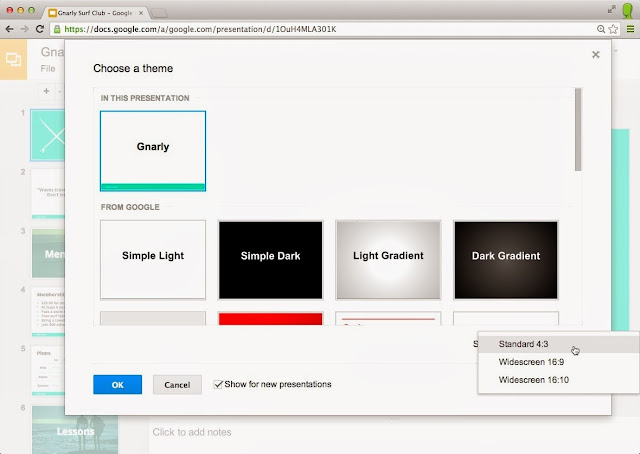As CMO, you’re constantly trying to answer these 2 burning questions:

There are a number of reasons for the increase in tenure. But one combination always sticks out. It’s a solid marketing plan with an agile process approach. There are many components to a solid marketing plan. In this post we’ll focus on the B2B Demand Generation (DG) plan. Download the 2014 B2B Demand Generation Planning template here to get started.
As an example, you may run 3 different types of campaigns for the year:
The game plan continues to evolve with the associated tactics, target audience (both internal & external), execution responsibilities (RACI) and schedule. When you’re watching football you notice the coaches constantly looking at picture or results of prior plays. This is agile coaching; agile demand generation is no different. You’re constantly analyzing feedback from campaigns and making the necessary adjustments to campaigns. This may mean completely scraping a campaign. Your goal is the greatest return on the marketing’s investment as possible.
When you apply this approach to affiliates, partners or your sales channel the same concepts apply. More collaboration is involved with a clear communication plan and quality data being the cornerstones. A closed loop communication process both internal and external supports better decision making.
- Are customers responding to our marketing campaigns?
- What are we doing to adjust to the market demands?

There are a number of reasons for the increase in tenure. But one combination always sticks out. It’s a solid marketing plan with an agile process approach. There are many components to a solid marketing plan. In this post we’ll focus on the B2B Demand Generation (DG) plan. Download the 2014 B2B Demand Generation Planning template here to get started.
B2B Demand Generation – Building a Base Plan
Like a football coach going into a game, you start with the baseline plan. Developing the game plan involves multiple groups and huge amounts of research about your customers. This research includes accurate buyer personas and buyer process maps. The plan going in must start with a clear set of goals and objectives. Then continue with a set of strategies to support those goals.As an example, you may run 3 different types of campaigns for the year:
- Growth campaigns focused on increasing the wallet share from your existing book of business.
- Retention campaigns focused on reducing churn in the existing customer base.
- Acquire campaigns focused on new logo acquisition within a specific vertical, channel or region.
The game plan continues to evolve with the associated tactics, target audience (both internal & external), execution responsibilities (RACI) and schedule. When you’re watching football you notice the coaches constantly looking at picture or results of prior plays. This is agile coaching; agile demand generation is no different. You’re constantly analyzing feedback from campaigns and making the necessary adjustments to campaigns. This may mean completely scraping a campaign. Your goal is the greatest return on the marketing’s investment as possible.
When you apply this approach to affiliates, partners or your sales channel the same concepts apply. More collaboration is involved with a clear communication plan and quality data being the cornerstones. A closed loop communication process both internal and external supports better decision making.
Agile Demand Generation Execution Process
Agile execution by nature is what marketing is supposed to be doing. What often happens is you’ve not adopted an agile culture across your team. The team starts executing the plan but doesn’t feel empowered to make quick decisions. The result is the team executes the initial plan and ignores critical data. The team misses the opportunity to adjust a campaign or stop it all together. The result is typically a reduced return on marketing spend.Key Components of Agile Execution:
- Pilot Plan – A small segment of the market is selected by working with sales leadership. Launching with the purpose of validating and fine-tuning the campaign prior to a broad launch. This reduces risk and increases speed to market.
- Test & Learn Plan – A/B Testing leveraging a planned run-off between two versions (a control version & alternative).
- Lead Management Score Card – Captures existing performance and provides historical and external context to evaluate performance. Conversion rates between stages are tracked and compared against B2B averages, B2B world-class conversion rates, and where possible industry metrics.
How to Get the Benefits of Agile Demand Generation
The benefits are worth the extra effort to change the way you work. You may meet resistance, but you will realize tremendous gains, including:- Results generated in half the time
- Success probability increases by 2X
- Greater measured return on marketing investments
- Supports the constantly changing buyer
- Collaboration among affiliates, and channel partners improves
- Greater speed in the marketing team
- Improved buyer personas, and buyer process maps
- Increased number & quality of SQLs handed off to sales
- Improved relationship with sales
- Greater campaign execution
- In some cases less reliance on 3rd party support






.gif)
























